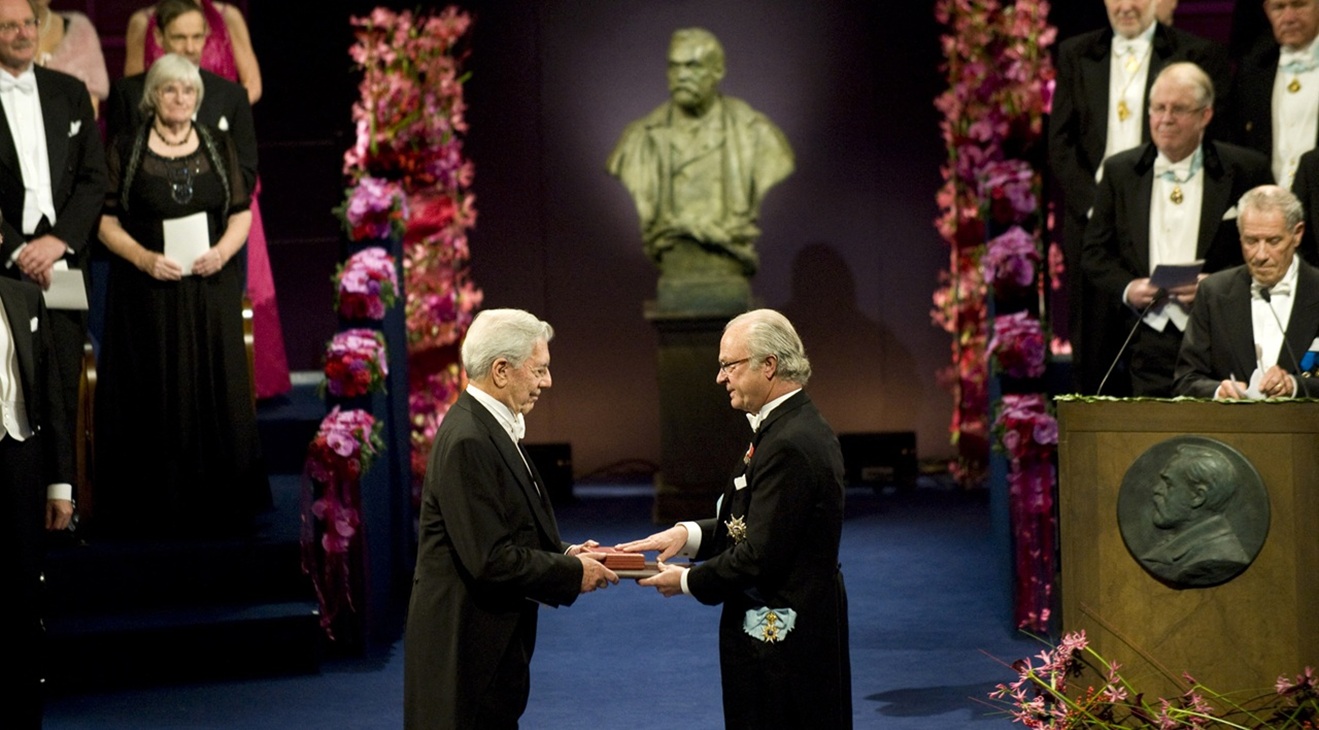
Tale as Old as...Women Bosses
Fernando de Rojas had a vision that was not compatible with the era he was living in.
When Fernando de Rojas first wrote La Celestina, or La Tragi-Comedia de Calixto y Melibea, he omitted his name from the piece. His reason was obvious– the inquisition in the 15th Century would come after him. He writes of a society where the order is in total disarray. He writes of equal protagonism, where the lower class is as important as the king or queen of a story. De Rojas also writes about the use of witchcraft as a means to make a living. This revolutionary way of thinking and portraying of a character, like Celestina, would only bring him death.
Women had two options: Marriage or Religious Life.
Even to this day, when women assume a role of power, society expects them to fail and conform to the norm. Fernando de Rojas, being a man of a misogynist era, writes about a woman who did not abide by the rules. La Celestina did not conform to the roles expected by this society. She practiced cosmetic reconstruction on women, which was prohibited because it fooled men. Religion mandates that we should not change our appearance–as we are made in God’s image. But Celestina was not there to follow rules; she was there “to get the job done” in order to survive.
A poster from the Women’s March in 2017 read: “We are the grand-daughters of the witches you weren’t able to burn”. And just like La Celestina, many women of the 15th Century were considered witches for going against the norm. Today, those women(the grand-daughters), are often called “bossy” or “too much”. Examples of the modern revolutionary woman that have been all over the media are Alexandria Ocasio-Cortez and now Megan Rapinoe, an LGBTQ, white athlete standing up for what she believes is not common to see.
Printing Press to Social Media.
RELATED CONTENT
Just like De Rojas’ text, they “root for people that have no privileges” as Cristina Guardiola Griffiths from our recent podcast episode of Literatura Oral would say. Opposite from his approach, these women are not using the printing press to write a book with these ideas. They are using the modern version with social media. In De Roja’s era, people responded well, there was no threat from the church and this motivated him to finally publish it with his name. For Ocasio-Cortez and Rapinoe, the interactions from the followers are more than enough to continue raising their voices for what they believe is right and just.
To learn more about La Celestina, listen to the latest episode of Literatura Oral:












LEAVE A COMMENT: